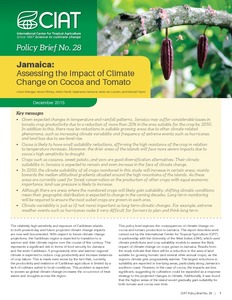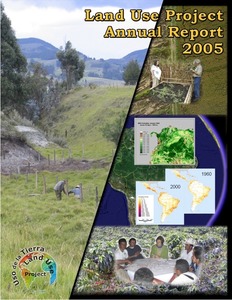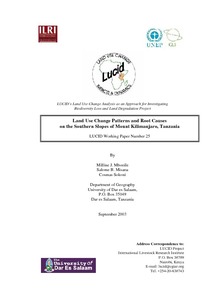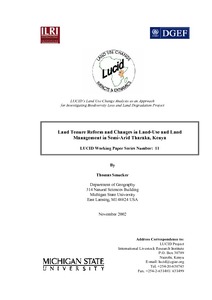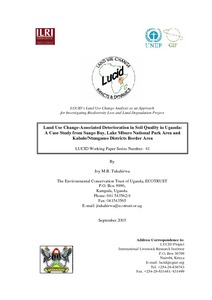Jamaica: assessing the impact of climate change on cocoa and tomato
This policy brief explores the consequences of climate change on cocoa and tomato production in Jamaica. The report describes work carried out by CIAT in partnership with the University of the West Indies (UWI), which used

